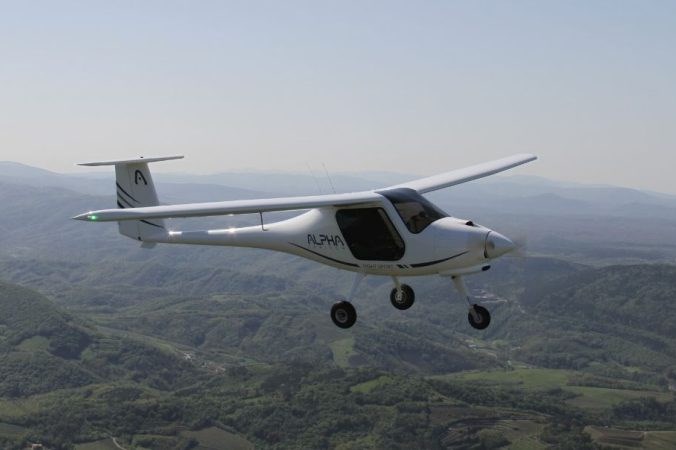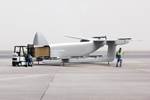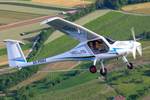Pipistrel makes first Canadian delivery of all-electric composite Velis Electro
EASA and CAA type-certified high-wing aircraft enables further research, collaboration for battery-powered flight.

Photo Credit: Pipistrel Aircraft
At the end of October Pipistrel Aircraft (Ajdovščina, Slovenia) made its first delivery to Canada of its all-electric, high-wing two-seat aircraft, the Velis Electro. The single-engine aircraft features a three-bladed, fixed-pitch composite propeller, and an entire structure predominantly using carbon fiber, fiberglass and Kevlar materials.
The Canadian customer, the Waterloo Institute for Sustainable Aeronautics (WISA) at the University of Waterloo and its partner Waterloo Wellington Flight Centre (WWFC), will use the Velis Electro to increase their research and collaborative capacity to evaluate battery-powered electric flight in Canada. Pipistrel continues its work with Transport Canada (a department with the government of Canada) toward its certification.
“This delivery is not only an exciting milestone for Pipistrel and the global presence of the Velis Electro, but also represents a steppingstone for Canada’s strategic investments to promote a greener aerospace industry and economy,” Gabriel Massey, president and managing director at Pipistrel, says.
The Pipistrel Velis Electro is reported to be the first commercially available type-certified electric aircraft currently in service, having achieved the European Union Aviation Safety Agency (EASA) type certification in 2020 and U.K. Civil Aviation Authority (CAA) certification in 2022. Pipistrel is currently pursuing a FAA airworthiness certificate for the Velis Electro. The fixed-wing aircraft produces noise levels of only 60 decibels and no exhaust gases, while cruising at an average speed of 90 knots and covering a range of 108 nautical miles at a payload weight of 172 kilograms (378 pounds).
Related Content
-
Plant tour: Airbus, Illescas, Spain
Airbus’ Illescas facility, featuring highly automated composites processes for the A350 lower wing cover and one-piece Section 19 fuselage barrels, works toward production ramp-ups and next-generation aircraft.
-
Prepreg compression molding supports higher-rate propeller manufacturing
To meet increasing UAV market demands, Mejzlik Propellers has added a higher-rate compression molding line to its custom CFRP propeller capabilities.
-
An outlook on China’s carbon fiber market
This analysis sheds additional light on the insights, observations and data shared in ATA Industrial Group’s carbon fiber market report on global and Chinese industry players.













